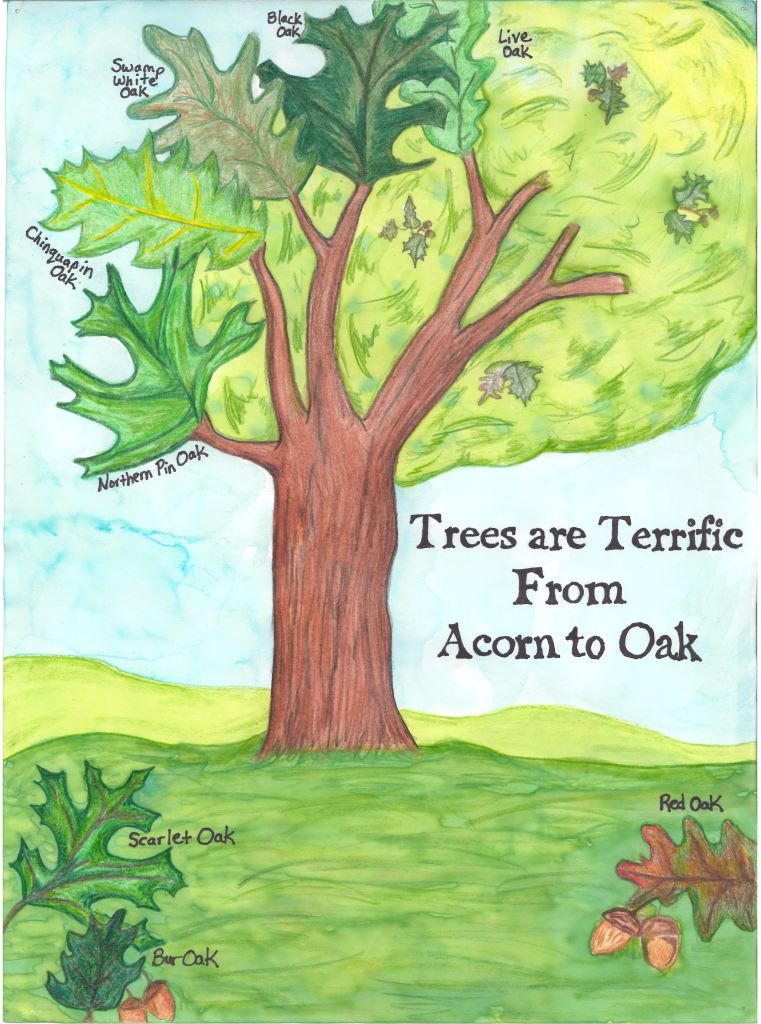
A sampling from leaves picked up off the ground underneath those trees having color.

Yaupon provides the red berries for a festive season. This year, the squirrels are more into berries. This may be a fallout from the loss of so many acorns and pine cones. Bit for sure, this small tree add much color to our neighborhoods in the fall and winter. A 10 on my fall color scale.

The Sycamore provides varying color depending on the location in the sun. This one is surrounded by trees and gets less sun and less exposure to frost than some of the trees out in the open. A 6 on my Fall color scale color scale.

Sycamore

Redbud. This magnificent tree shows off its color each Spring and Fall. A 8 on my Fall color scale.

Bald Cypress. Although the color is not bright, it is uniform and showy. A 9 on my Fall color scale.

River Birch. With it ornate bark and lively yellow colors, this tree is one of my own favorites. A 9 on my Fall color scale.

Shumard Oak. A 10 on my fall color scale.

Pecan. Spectacular yellows are found in the forest with this tree. It's dramatic yellow leaves contrast to the deep green of the forest. A 10 on my fall color scale.
One of the most beautiful missing here.
The problem we face these days is the public admiration of our beautiful outlawed tree, public enemy number one, the Chinese Tallow. This invasive tree, we often love, is not presented as an alternative for planting. See the related article in this blog.





No comments:
Post a Comment